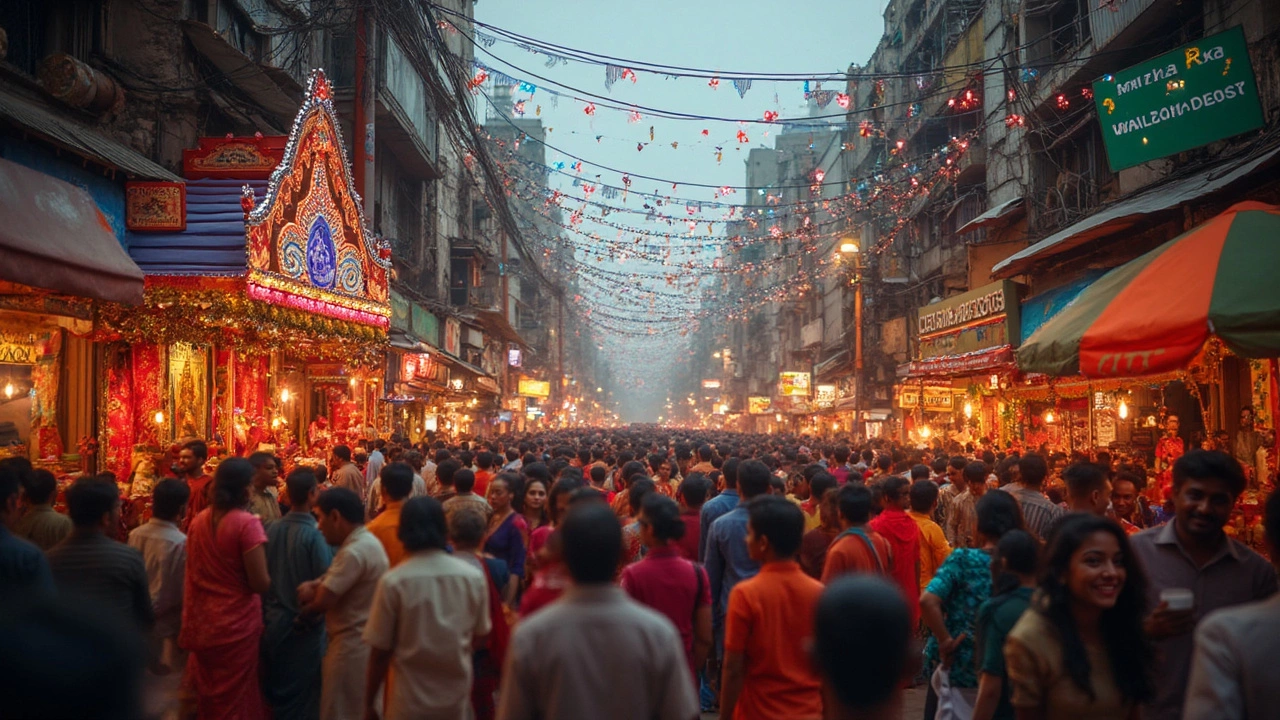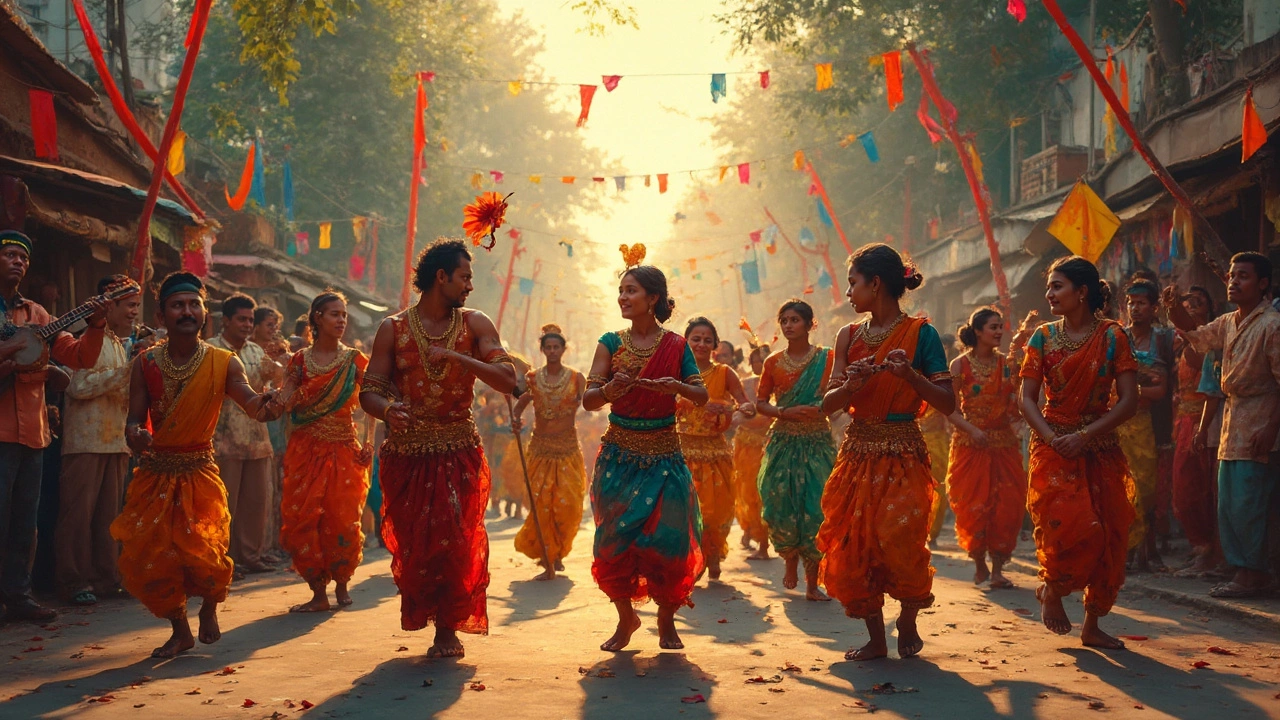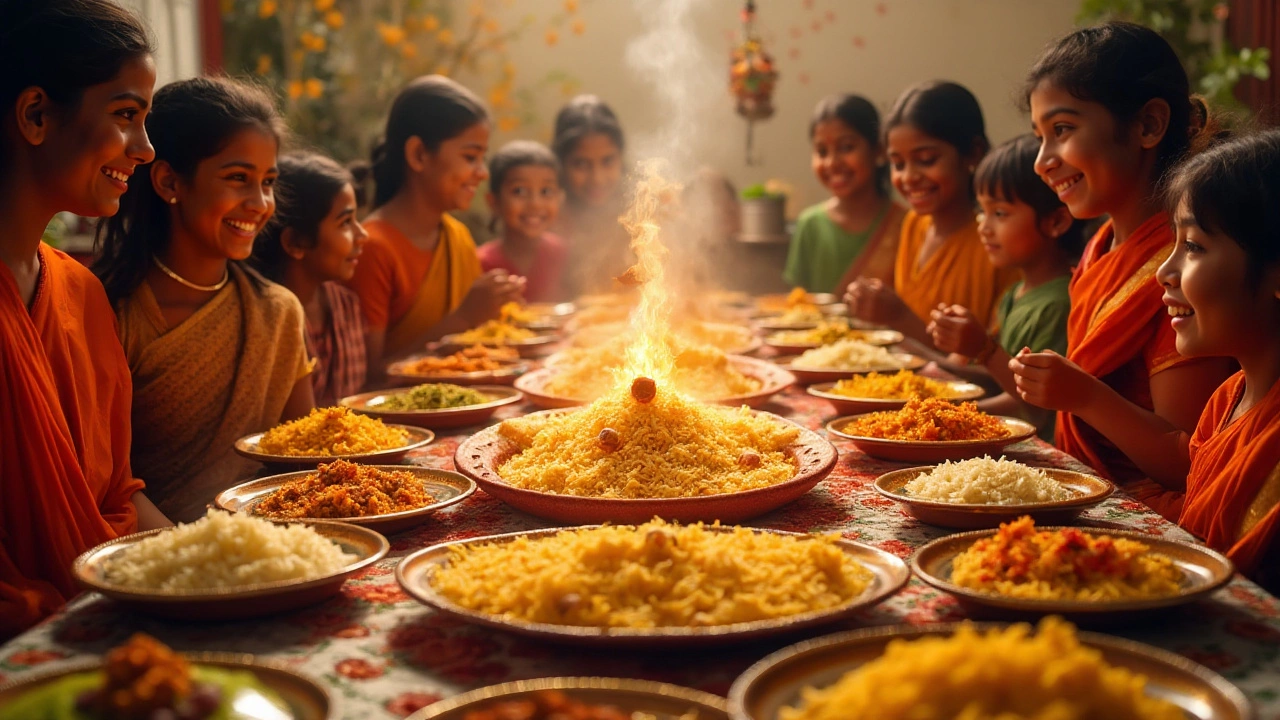
Bengal's Cultural Festival: The Spirit of Durga Puja
Discover the vibrant and spirited celebration of Durga Puja, the cultural heart of Bengal. Known for its artistic creativity and community gatherings, this festival is a must-experience. We'll dive into its unique rituals, artistic pandals, and how you can make the most of your visit. Whether you're a first-timer or a seasoned attendee, this guide provides practical tips and intriguing facts.

What's the Ethnic Festival in Bangladesh All About?
Bangladesh is home to the vibrant ethnic festival, Pohela Boishakh. This lively celebration marks the Bengali New Year and showcases the rich tapestry of traditions through dance, music, and colorful processions. With roots in both rural and urban settings, it’s a time when families gather, enjoy traditional foods, and engage in community festivities. The festival highlights the cultural heritage of the region and provides a glimpse into the unique customs of local communities. Whether you're a local or a visitor, this festival offers an unforgettable experience with its welcoming spirit and joyous atmosphere.

The Traditional Rice Varieties Savored by Bengalis During Festivals
Rice holds a significant place in Bengali culture, especially during festivals. Bengalis celebrate their rich culinary heritage through various traditional rice dishes that vary in type, flavor, and cooking style. This article explores the different varieties of rice preferred by Bengalis during festivals, highlighting their cultural essence and importance. Discover how these dishes reflect the unity and diversity of Bengali culture through their ingredients, preparation, and historical significance.